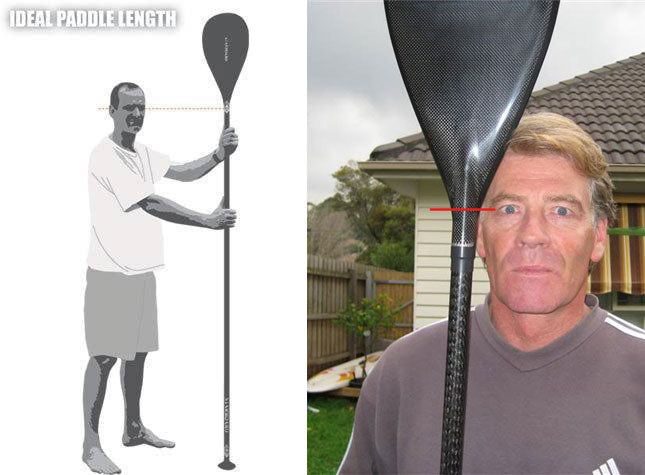Dangers and safety when kitesurfing kiteboarding
Different from wakeboarding, power kites can be dangerous. Because of strong forces that can be generated by sudden wind gusts, people can be lofted, carried off, dashed against water, buildings, terrain or power lines, resulting in what's termed a "kitemare" (kite + nightmare).
Most kiteboarding fatalities are the result of being lofted or dragged out of control, resulting in a collision with hard objects including sand. It is possible to be seriously injured simply by hitting the water surface at speed or from a height.
Jumping and being airborne at inappropriate places (such as shallow water or near fixed or floating objects) can be a contributing factor.
To maximize safety, basic safety guidelines should always be followed, some of which follow:
Always check the weather forecast, color radar, realtime wind reports on the Internet for indications of storms/squalls and excessively gusty winds, wind direction changes and lightning hazards. Do not launch or ride in or near squalls or storms.
Avoid kite surfing in crowded areas, near rocks, trees, or power lines. In general there should be a minimum of 100 meters of safe distance from all obstructions. Try to ride with side-shore winds. Avoid offshore or directly onshore winds.
Pay attention to changing weather and wind conditions. Particularly dangerous are storm fronts, which are often preceded by strong, variable wind gusts and sometimes involve lightning. If you feel a static shock from the kite bar, land the kite immediately and seek shelter.
Helmets and impact vests can save lives and add substantial convenience if you wear them.
Wear appropriate exposure clothing for conditions and a reasonable period of time in the water, should you become disabled.
Do not remove or disable factory-installed safety equipment or releases. The most basic is a quick-release harness safety system. Harness safety systems come in different configurations; most allow the kite surfer to release the kite with one tug or push, leaving only one line which is attached to a kite leash. This one line ideally will cause the kite to lose its shape and fall from the sky, without power. Redundant safety releases are even better; do not remove your kite release because you assume you can simply unhook. "Safety equipment" also includes the bar floats, the foam floats on the outside lines of most kite bars; most kite lines sink, and without bar floats sunk lines are more likely to tangle around an underwater obstruction. This could even happen with the bar floats, but they do help. With the kite in the water, a tangle like this could drag you underwater and hold you there.
Never use a board leash without wearing a helmet. Under very common circumstances, a board leash can cause the board to strike the rider in the head. Alternatively, don't use a board leash. A helmet is a wise precaution in most circumstances whether you use a board leash or not, but never use a board leash without wearing a helmet. NOTE: board leashes have propelled boards through helmets in the past. The best course is normally to not use a board leash and practice body dragging upwind to regain your board.
Avoid riding overpowered. Using too large a kite for the wind conditions or your experience level is extremely dangerous. Underpowered riding is preferable to overpowered riding. When in doubt, go to a smaller kite and see how it goes. Always stay within the wind range specified by the manufacturer for the kite.
Be extra careful when landing or launching the kite. Most accidents occur on shore or while a rider is entering or leaving the water. It's advisable to either un-hitch your kite from your harness while on-shore, holding onto it with only your arms, so you can release if necessary, or simply be ready to operate the quick-release mechanism. Ideally, don't spend any time on shore with the kite in the air; launch the kite and then leave the beach immediately, and when coming in, land as quickly as possible. When on shore, keep the kite low: if it's hit by a gust, it can drag the rider, but may prevent lofting.
Carry a safety knife attached to the harness for cutting tangled lines. Tangles are dangerous because an entangled rider in the water may not be able free themself quickly enough in the event the kite powers up suddenly (catches a wind gust, suddenly accelerates, or, if it's in the water, gets hit by a wave). The tangled lines around a riders body can cut and sever a rider's fingers, toes, or limbs or cause serious and deep lacerations. In a crash situation, with the kite in the water, under no circumstances allow a line to encircle a part of the body.
Another, more subtle hazard is that at fifty km/h (a typical speed for a skillful kite surfer), one can easily get tired, and then get farther from shore than an easy swim, which is the primary reason kite surfing in directly offshore winds is discouraged. Still other general marine hazards include sharks, jellyfish, sea otters, dolphins, and even crocodiles, depending on the location.
Collisions with wind surfers, other kite boarders or water craft are significant hazards, particularly at busy locations.
Some kite designs from late 2005 and onwards have included immediate and full depower integrated with the control bar and improved quick release mechanisms, both of which are making the sport much safer.
Weather planning and awareness are key to safe kiteboarding. A substantial quantity of riders have been killed in kiteboarding-related accidents since 2000, according to a safety adviser for one of the sport's governing bodies.
When practiced safely, with the proper training and gear, kiteboarding is an enjoyable, addictive sport. Like any other sport, respecting nature, paying attention to the weather and staying within the limits of the riders ability will provide the safest and most enjoyable experience.
- Maelstorm Limited

Comments 0